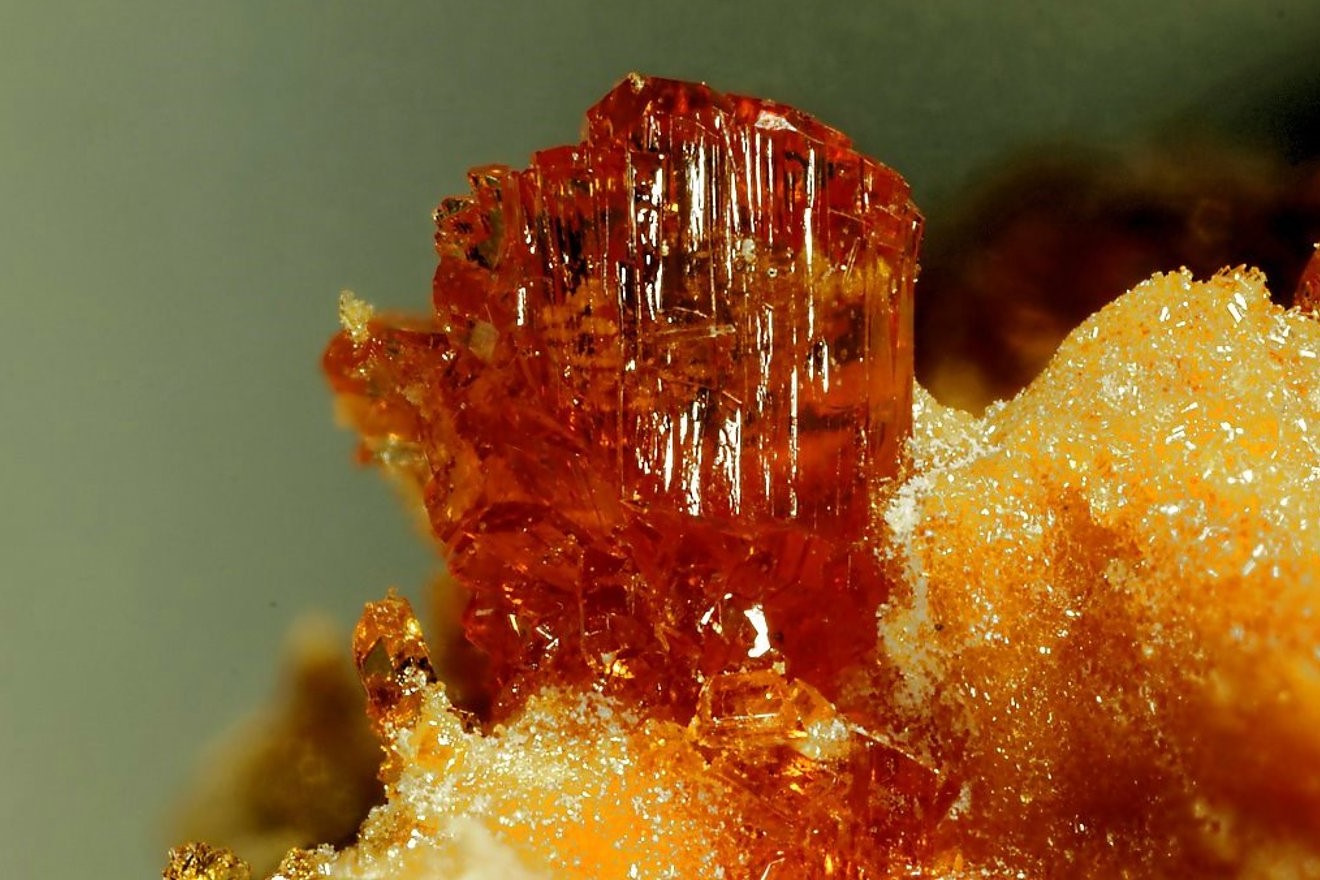
Braunite is a fascinating mineral that often goes unnoticed. Found primarily in manganese-rich deposits, this mineral boasts a unique composition of manganese silicate and oxide. Braunite typically appears in shades of brownish-black or steel-gray, making it easily distinguishable from other minerals. Its crystal structure is quite intricate, often forming in tetragonal shapes. This mineral is not just a pretty face; it plays a crucial role in the steel industry due to its high manganese content. Curious about where Braunite can be found or its various uses? Stick around as we delve into 40 intriguing facts about this remarkable mineral!
Key Takeaways:
- Braunite, a dark brown to black mineral, is named after Wilhelm von Braun and is primarily composed of manganese silicate. It has practical uses in steel production, batteries, and fertilizers, and is found in various locations worldwide.
- Mining braunite has both positive and negative environmental impacts. While it is essential for technologies like renewable energy, responsible mining practices and recycling can help mitigate its effects on the environment.
What is Braunite?
Braunite is a fascinating mineral with a rich history and unique properties. It is primarily composed of manganese silicate and is often found in metamorphic rocks. Let's dive into some intriguing facts about this mineral.
-
Braunite is named after Wilhelm von Braun, a German mineralogist who first described it in 1826.
-
This mineral typically forms in metamorphic rocks, particularly those rich in manganese.
-
Braunite's chemical formula is Mn2+Mn3+6(SiO12), indicating its complex composition.
-
It often appears in a dark brown to black color, making it easily distinguishable.
-
The mineral has a submetallic luster, giving it a somewhat shiny appearance.
Where is Braunite Found?
Braunite can be found in various locations around the world. Its presence is often associated with specific geological conditions.
-
Significant deposits of braunite are found in South Africa, particularly in the Kalahari Manganese Field.
-
India also has notable braunite deposits, especially in the state of Madhya Pradesh.
-
In Europe, braunite can be found in Germany, where it was first discovered.
-
The United States has smaller deposits, primarily in Arizona and California.
-
Brazil is another country with known braunite occurrences, particularly in the Minas Gerais region.
Uses of Braunite
Braunite has several practical applications, primarily due to its manganese content. Manganese is an essential element in various industries.
-
Manganese extracted from braunite is used in steel production to improve hardness and durability.
-
It is also used in the manufacturing of batteries, particularly in the cathodes of lithium-ion batteries.
-
Braunite's manganese content makes it valuable in the production of fertilizers, enhancing plant growth.
-
The mineral is used in the production of ceramics and glass, providing color and strength.
-
Braunite is sometimes used as a pigment in paints and coatings due to its dark color.
Physical Properties of Braunite
Understanding the physical properties of braunite helps in identifying and utilizing the mineral effectively.
-
Braunite has a Mohs hardness of 6-6.5, making it relatively hard.
-
The mineral has a specific gravity of 4.7-4.8, indicating its density.
-
It typically forms in a tetragonal crystal system, which affects its overall shape.
-
Braunite has a brittle tenacity, meaning it can break or shatter easily.
-
The mineral's streak is brownish-black, which can help in its identification.
Chemical Properties of Braunite
Braunite's chemical properties are equally fascinating and contribute to its various uses.
-
The mineral is primarily composed of manganese silicate, with the chemical formula Mn2+Mn3+6(SiO12).
-
It often contains impurities such as iron, calcium, and magnesium.
-
Braunite can undergo oxidation, leading to the formation of other manganese oxides.
-
The mineral is relatively stable under normal environmental conditions.
-
Braunite's chemical composition makes it resistant to weathering and erosion.
Historical Significance of Braunite
Braunite has played a role in human history, particularly in the development of various technologies.
-
The mineral was first described in 1826 by Wilhelm von Braun, a German mineralogist.
-
Braunite's discovery contributed to the understanding of manganese minerals and their properties.
-
The mineral has been used in steel production since the 19th century, enhancing the quality of steel.
-
Braunite's role in battery production has become increasingly important in recent years.
-
The mineral's use in ceramics and glass dates back to ancient times, showcasing its long-standing value.
Interesting Facts About Braunite
Here are some additional intriguing facts about braunite that highlight its unique characteristics.
-
Braunite can sometimes form pseudomorphs, where it replaces other minerals while retaining their shape.
-
The mineral is often found in association with other manganese minerals, such as hausmannite and bixbyite.
-
Braunite's dark color can sometimes make it difficult to distinguish from other black minerals.
-
The mineral's tetragonal crystals can sometimes form intricate and beautiful patterns.
-
Braunite is not typically used as a gemstone due to its dark color and brittleness.
Environmental Impact of Braunite Mining
Mining braunite has both positive and negative environmental impacts, which are important to consider.
-
Manganese mining, including braunite extraction, can lead to habitat destruction and soil erosion.
-
The mining process can also result in water pollution if not managed properly.
-
However, manganese is essential for various technologies, including renewable energy solutions.
-
Responsible mining practices can mitigate some of the negative environmental impacts.
-
Recycling manganese from used products can reduce the need for new mining operations.
The Final Word on Braunite
Braunite, a manganese silicate mineral, is more than just a rock. Found in places like South Africa, India, and Brazil, it plays a crucial role in steel production. Its unique properties, like high manganese content, make it valuable in various industries. Miners and geologists often seek it out for its economic benefits.
Understanding braunite's formation, uses, and global distribution helps appreciate its significance. Whether you're a student, a professional, or just curious, knowing these facts can broaden your knowledge.
Braunite isn't just a mineral; it's a key player in modern industry. From its formation deep within the Earth to its extraction and use, every step highlights its importance. So next time you hear about manganese or steel, remember the role braunite plays. It's a small mineral with a big impact.
Frequently Asked Questions
Was this page helpful?
Our commitment to delivering trustworthy and engaging content is at the heart of what we do. Each fact on our site is contributed by real users like you, bringing a wealth of diverse insights and information. To ensure the highest standards of accuracy and reliability, our dedicated editors meticulously review each submission. This process guarantees that the facts we share are not only fascinating but also credible. Trust in our commitment to quality and authenticity as you explore and learn with us.


